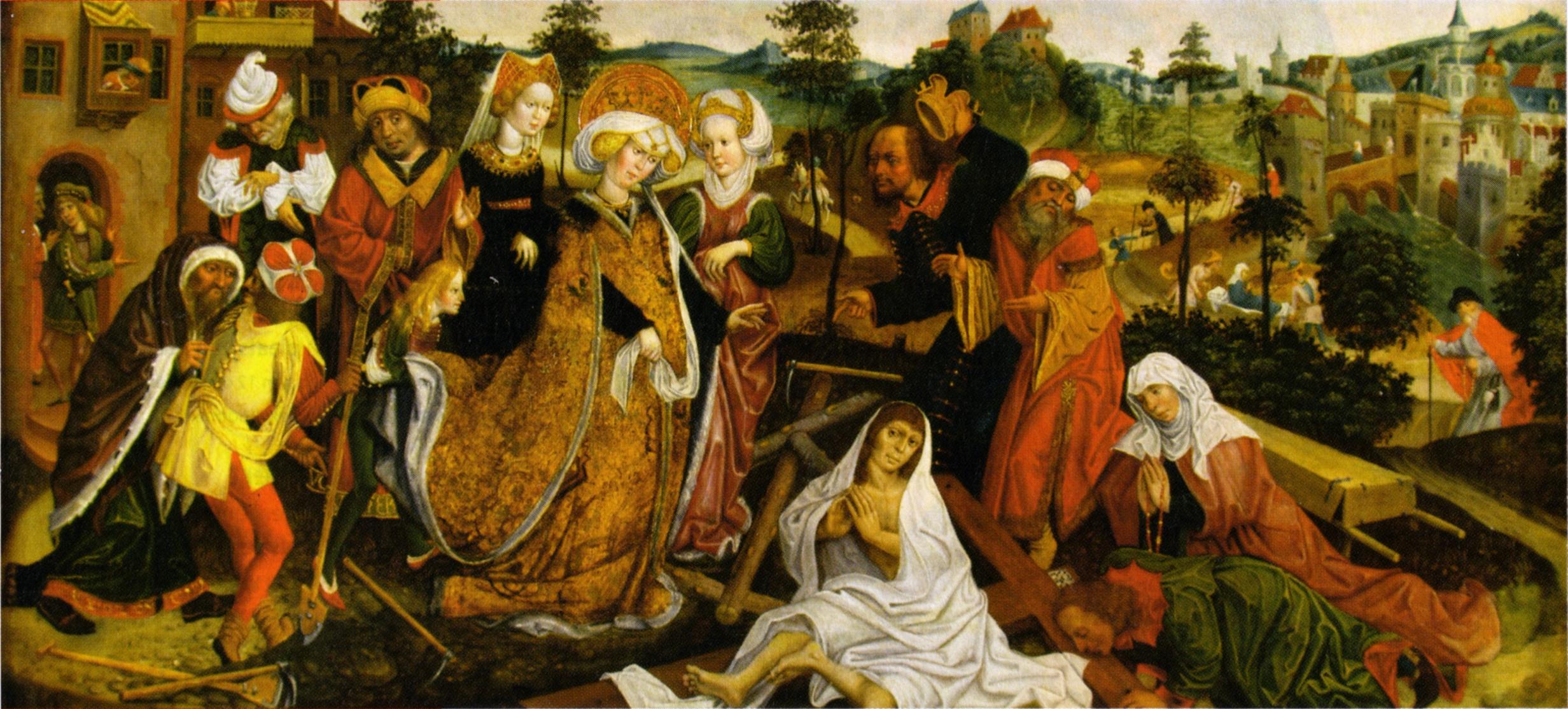Jan Polack on:
[Wikipedia]
[Google]
[Amazon]
 Jan Polack (, also spelled Hanns Polagk, Polegk; born 1435/1450 – 1519) was a 15th-century painter.
From his nickname it is assumed that he might have been born and/or worked in
Jan Polack (, also spelled Hanns Polagk, Polegk; born 1435/1450 – 1519) was a 15th-century painter.
From his nickname it is assumed that he might have been born and/or worked in
Image:Jan Polack 001.jpg, ''Gnadenstuhl'' as God Father, Son and Holy Ghost, 1491
Image:Corbinian polack.jpg, ''The Miracle of the Bear'', 1489
 Jan Polack (, also spelled Hanns Polagk, Polegk; born 1435/1450 – 1519) was a 15th-century painter.
From his nickname it is assumed that he might have been born and/or worked in
Jan Polack (, also spelled Hanns Polagk, Polegk; born 1435/1450 – 1519) was a 15th-century painter.
From his nickname it is assumed that he might have been born and/or worked in Kraków
, officially the Royal Capital City of Kraków, is the List of cities and towns in Poland, second-largest and one of the oldest cities in Poland. Situated on the Vistula River in Lesser Poland Voivodeship, the city has a population of 804,237 ...
, Poland
Poland, officially the Republic of Poland, is a country in Central Europe. It extends from the Baltic Sea in the north to the Sudetes and Carpathian Mountains in the south, bordered by Lithuania and Russia to the northeast, Belarus and Ukrai ...
. From the mid-1470s on, he lived and worked in Munich
Munich is the capital and most populous city of Bavaria, Germany. As of 30 November 2024, its population was 1,604,384, making it the third-largest city in Germany after Berlin and Hamburg. Munich is the largest city in Germany that is no ...
, having previously been in Franconia
Franconia ( ; ; ) is a geographical region of Germany, characterised by its culture and East Franconian dialect (). Franconia is made up of the three (governmental districts) of Lower Franconia, Lower, Middle Franconia, Middle and Upper Franco ...
. He may have taken part in the 1475 festival of the Landshut Wedding of Jadwiga Jagiellon and George of Bavaria. In 1480, he opened his own shop in Munich, where he remained until his death.
Starting in 1482, he is listed on the tax records of Munich, also as leader of the local painter guild. He visited with Michael Wohlgemuth and his art was influenced by him and by that of Veit Stoss and Hans Pleydenwurff as well as by collaboration with the woodcutter Erasmus Grasser.
Documents mention many works of his which are now lost. His most important remaining work is the Weihenstephan
Weihenstephan () is a part of Freising north of Munich, Germany. It is located on the Weihenstephan Hill, named after the Weihenstephan Abbey, in the west of the city.
Weihenstephan is known for:
* the Benedictine Weihenstephan Abbey, founded 7 ...
altarpiece (1483–1485), now at the Alte Pinakothek in Munich.
Gallery
Further reading
* *Andrea Langer, "Jan Polack" in " Neue Deutsche Biographie", München 1999. *Hanna Bösl, "Jan Polack", ''F-polnischer Geschichte'', 2004,External links
15th-century German painters German male painters 16th-century German painters 16th-century Polish painters Polish male painters Renaissance painters German people of Polish descent Artists from Kraków 1430s births 1519 deaths {{poland-painter-stub